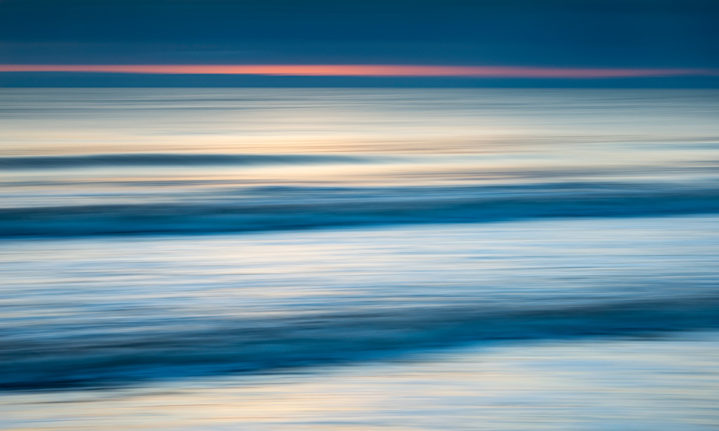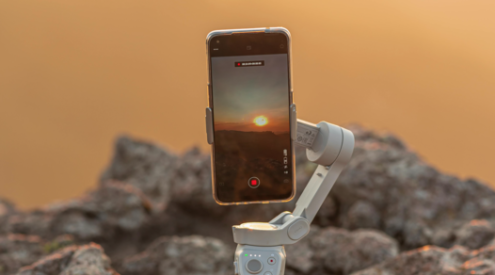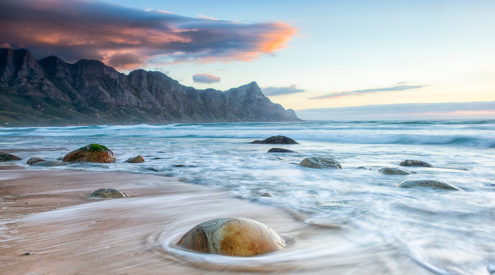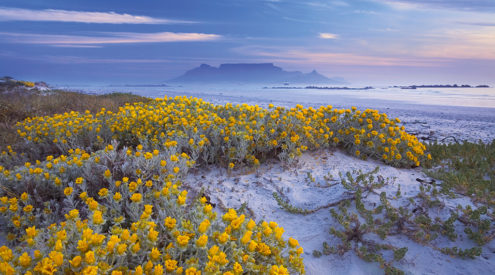Sometimes the most fun you can have with photography is when you let go of the notion of photographing ‘things’. This opens the mind to the conceptual world of abstraction. ROBYN DALY offers ideas on how to free your imagination – and your photography.

Image credit:Gallo Images/Getty Images
Take It Yourself
Abstract is that wonderful dimension where ideas float freely and your subjects don’t need to be recognisable as anything. Images are celebrated for their parts – the shapes, the flow of lines, textures and so on – rather than for being a good likeness of something. A true appreciator of an abstract photo doesn’t look at a picture and say ‘What the f-stop is this?’ They enjoy the way the elements of the composition work together artistically.
Some photographers have a real knack for abstracts while others just find them intimidating. This genre is a lot easier than you think, once you’re in on a few secrets of composition.
The Building Blocks Of Composition
There are so many rules about composition that you can get lost in theory. In reality, composition is all about how your eye moves through and experiences an image. So, the more you understand how the human eye and brain work together to seek out visual harmony, the more you will instinctively appreciate and recreate pleasing compositions.
Chunking it down into its elements helps to distil what makes a photo good. This also assists in focusing the mind and crystallising what it is you’re trying to create in your photos. Freeman Patterson is a world-renowned abstract photographer who has written many books on the art of seeing. In Photographing the World Around You, he breaks down the elements of visual design into four basics: shapes, lines, textures and perspective. Look at any picture that really catches your eye and at least one of these is at play in it.

Perspective, Textures And Shapes. Image credit:Gallo Images/Getty Images
Shapes– Squares, circles and triangles – these three are literally everywhere. Strong shapes in a composition can create a focal point drawing the eye to them. They can be used to create balance in a composition if you consider this fact: we’re hardwired for survival. The first shape our brains register, and the shape which we are most strongly drawn to, is the circle – the shape of eyes. When you’re trying to balance a composition, remember the pecking order: circles, triangles, squares.
Lines– A great way to direct your viewer’s eye through your composition is to make use of linear elements. Again, nature has these in abundance and once you start looking, you’ll find it’s impossible to get away from them! Straight or squiggly, they’re there to be exploited. Just remember to think about the direction the lines are leading: you don’t want them to take the viewer’s eye out of the picture in a distracting way; rather, lines should keep the eye happily moving through the image, exploring and enjoying.

Textures And Shapes. Image credit:Gallo Images/Getty Images
Textures– Many abstract compositions really come together with a textural element, which gives interesting detail to keep the eye and brain entertained. You know how babies love new and different textures? Harness your inner baby for this. Most of the time good directional light is needed to accentuate texture – diffused light tends to flatten textures. Look to include contrasting textures in your composition, such as rough and smooth to bring them into high relief.
Perspective– Abstracts can be quite flat; however, think of the Old Masters and the scenes they painted. Perspective was such an important milestone in the evolution of art and is something our brains have wrestled with for centuries. Whether it’s lighting, leading lines or colour, if you can add an element that suggests depth, or three dimensionality, it’ll create another level of interest to your image.

Lines And Perspective. Image credit:Gallo Images/Getty Images
Equipment
Abstract photography is gear-agnostic; it doesn’t require a special camera or lens or gadget. Of course, there is photo gear that will help you get better results: good sharp lenses being the primary consideration. A tripod helps when you’re fine-tuning the composition. If you love deconstructing objects by going really close, then a macro lens is necessary. These can be pricey so a more affordable option is an extension tube, which enables you to focus closer using the lenses you have.
Settings
There are no hard and fast settings for abstracts. In fact, try everything you can. The starting point in any photograph is usually aperture as it determines depth of field (how much of the image will be in focus). Play with that and explore the different effects changing depth of field has on the impact of a composition.

Lines And Shapes. Image credit: Robyn Daly
Practical
The further you drift away from subjects being recognisable as an X or a Y, the more abstract and conceptual your images will become.
Remember, beauty is yours to define and enjoy so don’t be intimidated by preconceptions, yours or anyone else’s.
Keep an open mind. Drain pipes and dustbins can be abstract too.
Make mistakes – they’re the only way to really learn and improve. And sometimes they produce fantastic abstracts!






















